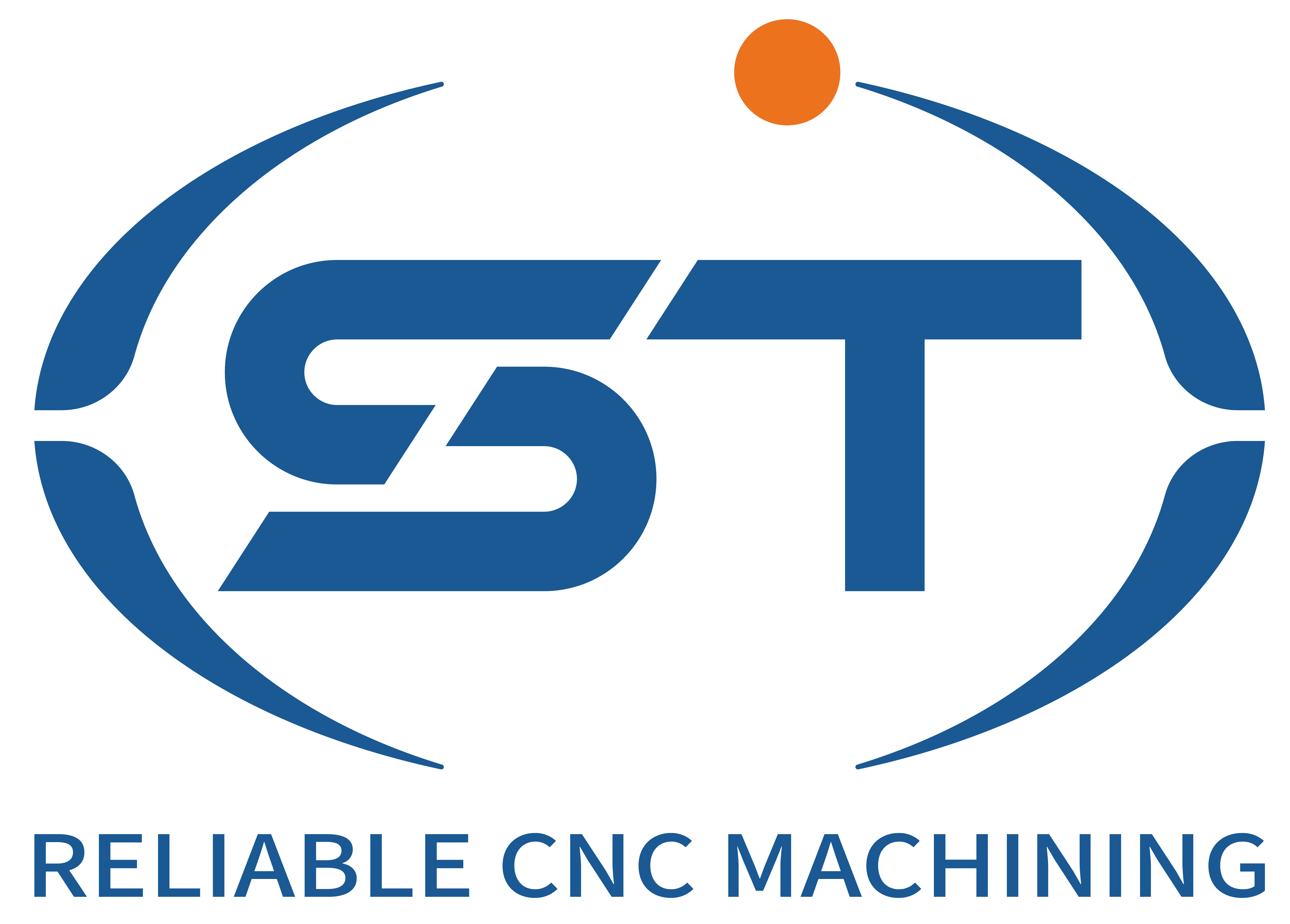Inhoudsopgave
SchakelaarIntroduction to CNC Machining Optimization
CNC-bewerking, or computer numerical control machining, is a manufacturing process that utilizes pre-programmed computer software to control the movement of machinery and tools. This advanced technology has revolutionized the production of complex parts with high precision, allowing for an efficient and versatile approach to manufacturing. As industries continually strive for competitiveness, optimizing CNC machined parts becomes paramount. This optimization involves balancing functionality and cost, ensuring that the designed components meet performance needs while remaining economically viable.
Several key factors influence the design decisions in CNC machining optimization. Firstly, the intended use of the part is essential in determining its functional parameters. Engineers must consider not only the mechanical properties required but also the environmental conditions in which the component will operate. Understanding these elements leads to better-informed choices regarding design and material selection.
Structural design plays a significant role in the optimization process. In the quest for durability and performance, elements such as shape, weight, and dimensions must be carefully balanced. An effective design minimizes material waste, enhances strength, and maximizes efficiency during the machining process. Moreover, incorporating features that simplify manufacturing can lead to further cost reductions. For instance, reducing complex geometries can lower machining times and tooling expenses significantly.
Material selection is another critical aspect of optimizing CNC machined parts. The choice of material affects both the functionality and overall cost. Various materials offer unique properties that can contribute to the part’s performance, but they also come with different price points. Understanding the trade-offs between material thickness, strength, and weight can lead to more effective designs that align with budgetary considerations. By focusing on these two areas—structural design and material selection—manufacturers can achieve the necessary balance of performance and cost efficiency in their CNC machined components.
Understanding Structural Design for CNC Machining
In the realm of CNC machining, structural design holds paramount importance, directly influencing both the performance and cost-effectiveness of machined parts. The principles of structural design aimed at CNC machining focus on creating components that not only meet functional requirements but also streamline the fabrication process. A well-conceived design minimizes unnecessary complexity, which in turn can lead to significant cost reductions during the machining phase.
One fundamental aspect of structural design is the selection of materials. Different materials exhibit varied machining characteristics that affect ease of manufacturing. For instance, metals such as aluminum and certain polymers can be more cost-effective for specific applications due to their favorable machining properties. Understanding the attributes of available materials enables designers to optimize structural integrity while controlling costs, ultimately leading to a more efficient machining process.
Moreover, the geometry of the design plays a critical role. Simplifying the shape of machined parts can result in reduced machining time and tool wear, both of which contribute to lower overall costs. Features such as sharp corners, intricate cutouts, or complex internal geometries may require more time and specialized tooling, which can escalate expenses. Therefore, adopting a design strategy that emphasizes functionality while minimizing intricate features is crucial. Functions like load-bearing capabilities can often be achieved through thoughtfully applied design techniques such as optimizing wall thickness and implementing strategically placed ribs.
Additionally, embracing additive approaches, such as integrating multiple components into a single design, can further reduce assembly time and operational costs. By considering factors like manufacturability early in the design process, engineers and designers can create parts that maintain their intended functionality while minimizing production complexity. This forward-thinking methodology ultimately leads to enhanced performance of the CNC machined components and a better return on investment.
Minimizing Set-up Complexity in Design
In the realm of CNC machining, minimizing set-up complexity is pivotal for achieving an efficient production process. The design of CNC-machined parts significantly influences how easily they can be manufactured, particularly concerning the number of orientations and operations required. A well-considered design approach not only enhances the manufacturability of components but also reduces the overall lead time and associated costs.
One effective strategy for minimizing set-up complexity is to design parts that require fewer machining operations. When parts can be completed in a single set-up, the need for machine changeovers diminishes, leading to increased efficiency. Additionally, engineers should prioritize the use of multi-functional tools or fixtures that can perform various operations in one orientation, thereby streamlining the entire machining process. This not only reduces transition times but also the risk of errors associated with repositioning the workpiece.
Another method to achieve simplicity in CNC design is to standardize features where possible. By utilizing common shapes, sizes, and tolerances within a product line, manufacturers can take advantage of repeatability in programming and set-up. This standardization fosters a more intuitive design workflow, ultimately minimizing the complexity of setups and optimizing CNC machining resources. Such practices result in a more predictable production process that is less prone to delays or unforeseen expenses.
Furthermore, incorporating a modular design can significantly enhance the ability to adapt parts for various manufacturing scenarios. This flexibility allows for cost-effective adjustments without the need for extensive retooling or elaborate setups. In light of these approaches, focusing on part design that simplifies setup complexity not only facilitates a smoother machining process but also brings about substantial cost savings, establishing a strong foundation for efficient CNC manufacturing.
Incorporating Corner Reliefs and Radii
When designing CNC-machined parts, incorporating corner reliefs and radii is essential for optimizing both functionality and cost-efficiency. Tight internal corners often pose significant challenges during the machining process. By adding corner reliefs and radii, designers can mitigate these challenges, thereby enhancing the overall manufacturability of the components.
One of the principal advantages of integrating corner reliefs into CNC designs is the practicality of using larger end mills. Traditional machining methods may require smaller tools for tight internal sections, which can limit the speed and efficiency of the machining process. The introduction of radii allows machines to utilize larger cutting tools without compromising the geometry of the part. This not only expedites machining operations but also leads to a reduction in tool wear and tear, ultimately decreasing maintenance costs.
Moreover, corner reliefs enhance the flowability of materials during machining. Internal corners without reliefs can cause chips to accumulate and potentially lead to tool jams or defects in the component. The incorporation of corners that are relieved or radiused can significantly minimize these risks, contributing to a cleaner machining operation and reducing the likelihood of rejected parts due to defects.
Additionally, the application of corner radii aids in optimizing the strength of the machined parts. Sharp corners are prone to stress concentration, increasing the likelihood of failure under load. By replacing sharp angles with rounded features, the stress distribution becomes more even, providing improved durability and longevity. Consequently, these design enhancements are not just beneficial from a machining perspective but also significantly contribute to the performance and reliability of the final parts.
In conclusion, incorporating corner reliefs and radii in CNC part designs is a strategic approach that enhances manufacturability, reduces machining time, and ensures high-quality output. By focusing on these design elements, manufacturers can achieve a balance between function and cost, resulting in optimized CNC-machined parts.
Maintaining Optimal Depth-to-Width Ratios
In the realm of CNC machining, the design and geometry of pockets are crucial factors that influence both the functional performance of the machined part and the associated production costs. One fundamental aspect of pocket design is the depth-to-width ratio, which must be carefully considered to optimize machining efficiency and minimize complications such as tool deflection. By adhering to recommended depth-to-width ratios, manufacturers can achieve better performance and durability in their components.
The ideal depth-to-width ratio can vary depending on the material being machined and the specific requirements of the application. Generally, maintaining a ratio of 1:2 or lower is advisable. This approach allows machinists to ensure sufficient stability for the cutting tool, which minimizes vibrations and deflection during the cutting process. A common issue faced in CNC machining is the deflection of the tool, particularly when cutting deep pockets. This deflection can lead to inaccurate cuts, reduced tolerances, and ultimately impact the quality of the finished part.
Moreover, manufacturing pockets that exceed optimal depth limits can result in increased machining time and tool wear, thus affecting the overall cost-effectiveness of the machining process. To prevent such challenges, designers should pay close attention to the geometric constraints of the tools being used and devise pocket designs that are achievable within those constraints. Additionally, identifying machining strategies such as using multiple shallow passes instead of a single deep cut can further enhance performance and reduce complications associated with tool deflection.
Implementing these guidelines in CNC machining can significantly aid in maintaining industry standards and achieving desired outcomes. Ultimately, finding the right balance in depth-to-width ratios is essential for advancing both function and affordability in the production of CNC-machined parts.
The Role of Material Selection in CNC Machining
Material selection is a pivotal aspect of optimizing CNC-machined parts, as it directly influences both functionality and cost-effectiveness. The choice of material impacts the mechanical properties, durability, and overall performance of the machined parts, making it essential to understand the available options and their specific characteristics.
Common materials used in CNC machining include metals such as aluminum, stainless steel, and titanium, as well as plastics and composites. Aluminum is noted for its lightweight nature and high machinability, making it suitable for applications that require reduced weight without compromising strength. Stainless steel, on the other hand, offers excellent corrosion resistance, making it ideal for components used in harsh environments.
Titanium, while more expensive, provides unmatched strength-to-weight ratios and is often selected for aerospace and medical applications where reliability is paramount. When considering plastic materials, options like nylon and polycarbonate are popular due to their excellent insulation properties and resistance to impact. Composites combine multiple materials to exploit their strengths, resulting in parts that are both lightweight and highly resilient.
In addition to these materials, it is crucial to consider factors such as thermal and electrical conductivity, machinability, and cost constraints. The machinability of a material affects the ease with which it can be shaped and finished through CNC processes, directly influencing production time and costs. Moreover, while high-performance materials may present higher upfront costs, their long-term benefits in terms of reducing maintenance and increasing product lifespan often justify the investment.
Selecting the appropriate material ultimately sets the foundation for successful CNC machining. A careful evaluation of material properties, coupled with understanding the specific application requirements, will lead to informed decisions that balance both function and cost in the design of CNC-machined parts.
Evaluating Materials for Structural Integrity and Cost
In the realm of CNC machining, selecting the right material is crucial for achieving the desired structural integrity while maintaining cost-effectiveness. Several factors influence this decision, including the mechanical properties of materials, their suitability for specific applications, and the associated costs. Common materials used in CNC machining include metals such as aluminum, steel, titanium, and various polymers, each offering unique advantages and disadvantages.
Aluminum is widely favored for its lightweight nature and good corrosion resistance, making it ideal for aerospace and automotive applications. Its machinability is high, which can lead to reduced production times and associated costs. However, while aluminum has an excellent strength-to-weight ratio, its structural integrity may not always meet the demands of heavy-load applications as effectively as some steel alloys.
Steel, on the other hand, is renowned for its strength and durability. Renowned steel types like stainless steel offer outstanding corrosion resistance and mechanical properties suitable for demanding environments. However, the increased cost of quality steel alloys could influence budget considerations. For heavier duty applications, selecting high-strength steel could be necessary, yet this often comes at a higher manufacturing cost.
Titanium is another material whose use in CNC machining is broadening due to its exceptional strength-to-weight ratio and biocompatibility, especially in industries like medical devices and aerospace. Nonetheless, titanium machining can be significantly more expensive due to its hardness and the specialized tools required.
Finally, polymers offer versatility and can be cost-effective for parts that do not endure high stresses. They are lighter and are often easier to machine, yet their structural integrity may not match that of metals. In summary, the evaluation of materials for CNC machining should focus on their respective mechanical properties, cost implications, and specific application needs, ensuring the best balance between performance and cost-efficiency is achieved.
Best Practices for Combining Design and Material Choices
The integration of design and material selection is fundamental in achieving optimized CNC machined parts. To ensure that these components meet both functional requirements and cost-effectiveness, engineers and designers can adopt several best practices. Firstly, understanding the specific mechanical properties of materials is essential. Each material has unique attributes, such as strength, ductility, and thermal resistance, influencing its suitability for particular applications. Engineers should conduct thorough material studies to match performance requirements with the right materials, thereby enhancing the durability and efficiency of the final products.
Secondly, design simplification can significantly reduce manufacturing costs and material wastage. Applying principles of design for manufacturability (DFM) encourages the elimination of unnecessary complexities, which not only facilitates easier machining but also allows for more streamlined production processes. Moreover, incorporating a modular design can aid in maximizing material utilization, allowing manufacturers to use standard parts across various applications, thereby achieving economies of scale.
Additionally, engineers and designers should embrace advanced modeling techniques, such as computer-aided design (CAD) and finite element analysis (FEA). These tools enable the simulation of how different materials will respond under various operating conditions, leading to informed decisions that support optimal design choices. Furthermore, ongoing collaboration during the design phase between cross-functional teams can yield insights that bridge the gap between engineering and material science, ensuring that all considerations are taken into account from the outset.
Lastly, keeping abreast of emerging materials and manufacturing trends, such as additive manufacturing or hybrid material integration, can open new avenues for design innovation. By leveraging the latest technologies and materials, engineers can elevate their designs while maximizing performance and minimizing costs. Through these established best practices, professionals in the field can create CNC machined parts that are not only functionally robust but also economically viable.
Conclusion: Achieving Optimization in CNC Machining
In the field of CNC machining, achieving an optimal balance between function and cost is paramount for successful project outcomes. Throughout this discussion, we have highlighted the critical roles that structural design and material selection play in this optimization process. Effective structural design not only enhances the performance of machined parts but also contributes to significant cost savings by minimizing waste and manufacturing time. By strategically designing components to withstand operational demands, engineers can ensure reliability while keeping production costs in check.
Additionally, material selection emerges as a key factor in the optimization process. Choosing the right materials influences machining efficiency, durability, and overall functionality. For instance, the selected materials must meet the performance requirements of the component while also considering factors such as availability and procurement costs. Utilizing advanced materials that offer superior properties can lead to improved performance but may require a careful evaluation of the trade-offs concerning cost. Striking a balance between high-performance materials and budget constraints is vital for successful CNC machining.
Furthermore, continuous advancements in CNC machining technology contribute to optimizing both function and cost. Techniques such as additive manufacturing and advanced tooling systems allow for more intricate designs without considerable cost increases. By embracing these technologies alongside traditional methods, manufacturers can expand their capabilities while maintaining competitive pricing.
As a final note, understanding the interplay between structural design and material selection is crucial for anyone involved in the CNC machining process. Maintaining a focus on these elements will not only promote cost-effective solutions but will also enhance the functional integrity of machined parts, leading to successful product outcomes. Thus, effective optimization in CNC machining remains an essential objective that industry professionals should continuously pursue.




